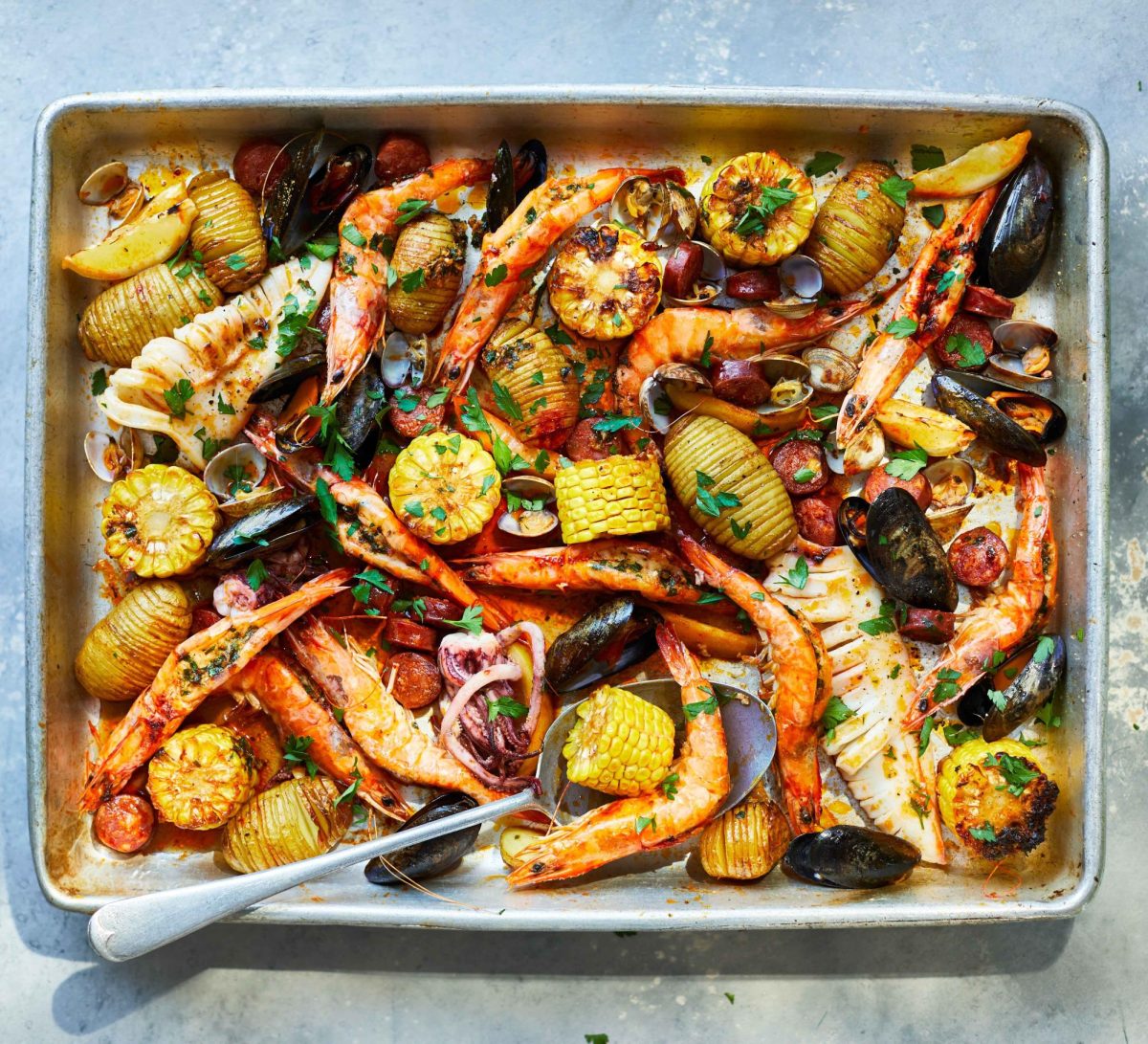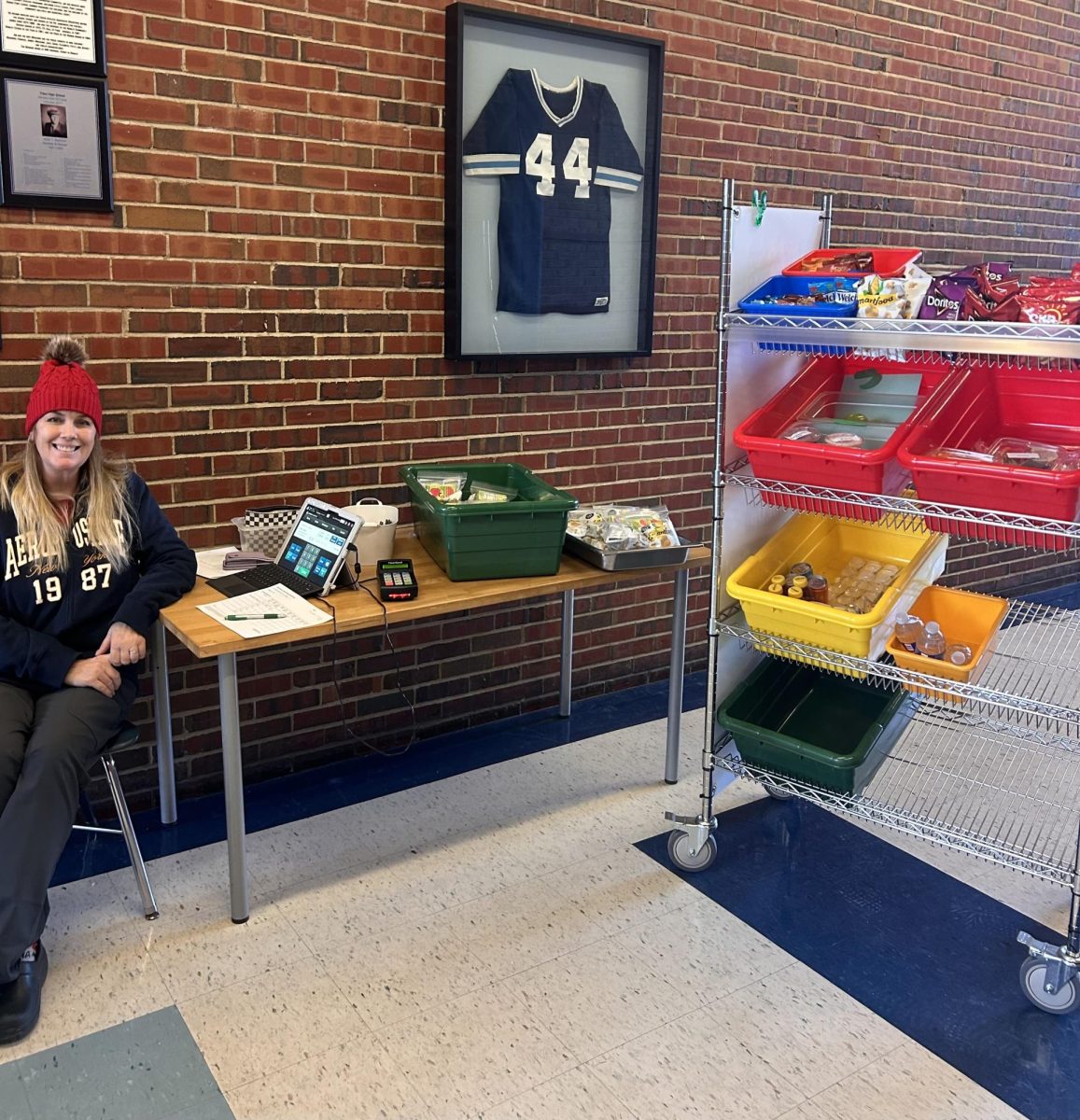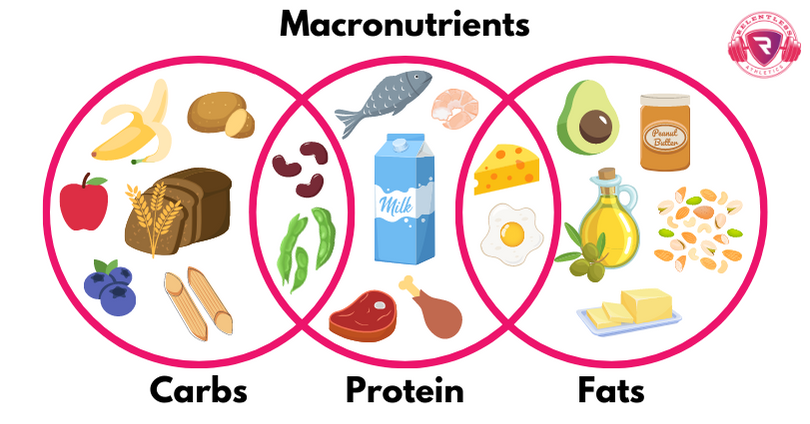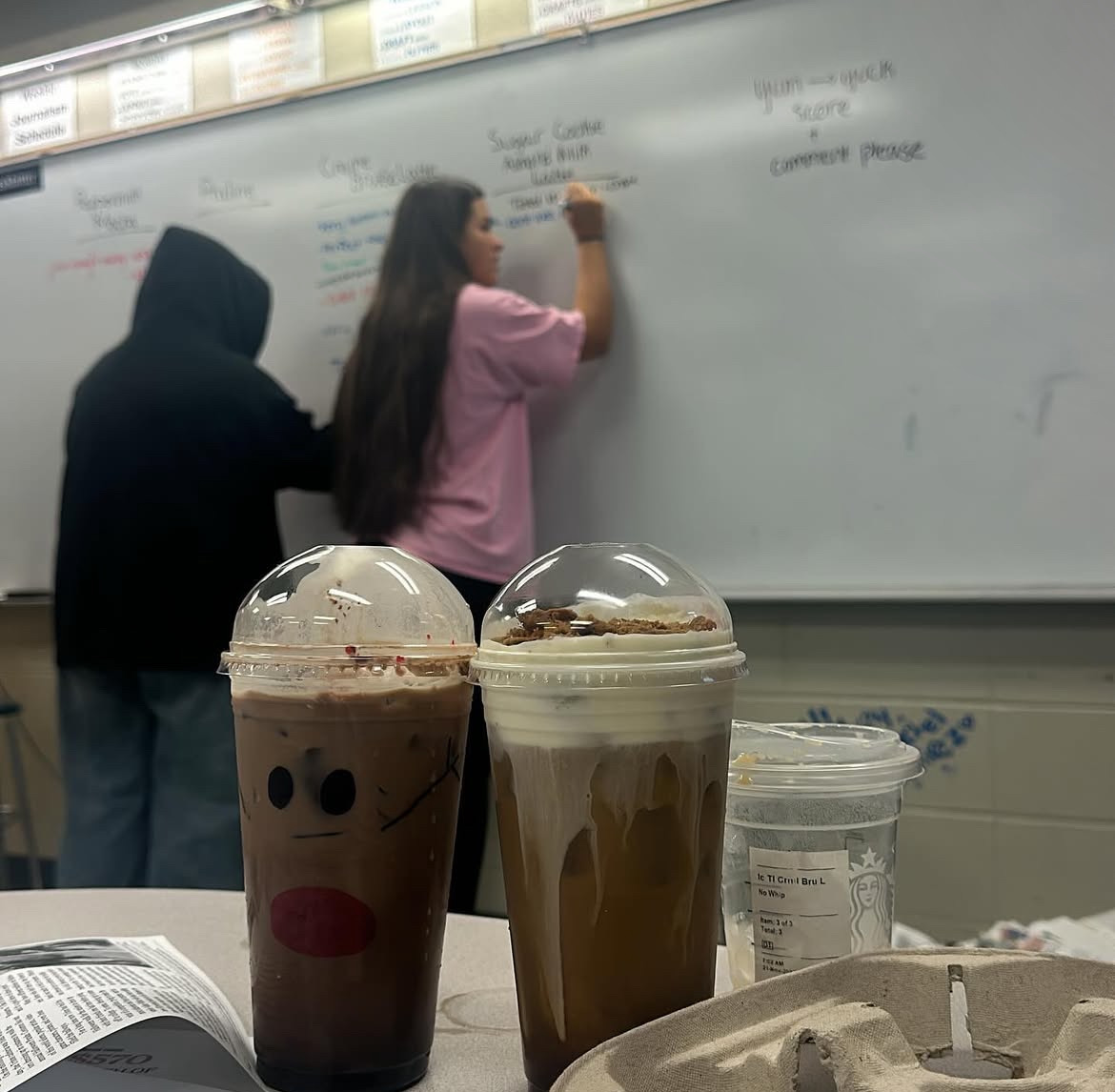Triton offers a free school lunch, daily, for all students. To order double the selected meal comes at a cost, and to add additional snacks or water varies in low pricing.
Our cafeteria crew consists of multiple hardworking staff members, who provide for both the middle school and high school student bodies. When students go to the Triton website, they can look along a two month schedule to see on which days they may be receiving their favorite meals. However, lunch is known for a common critical perception.
“The soup I get is usually pretty good,” said Mrs. Irene Thompson of the math department, “but school food as a whole is pretty average. It’s a five out of ten for me. However, I think the lunch workers do an incredible job, and I know that they work very hard- the quality isn’t entirely up to them. It’s more determined by the state.”
The Triton Voice decided to look deeper into the concept of school lunch. Why is it perceived the way it is? What could change, that may shift the views of those who are critical? Who exactly determines the serving schedule?
According to a student survey sent out by the Triton Voice, 32.6 percent of those who submitted responses rated the likelihood of purchase at a 5, the highest value. For serving size, 46.5 percent of students rated that the amount of food per tray for the average meal was a 3 on a scale of 1 to 5, with 1 being too little, and 5 being more than enough.
How does that affect those who wish to receive more? Well, the survey showed results that 53.5 percent of students get no doubles throughout the week, with 20.9 percent of students ordering once a week (on average). Majority of students came to an agreement through an open response that their favorite school meal was the Popcorn Chicken, sweeping the competition with a 24.6 percent response rate. There were countless requests later in the survey for the fried chicken to make a return, as well.
Via the survey, students were given the opportunity to voice their opinions and wishes for the future improvement of cafeteria meals. Some anonymous suggestions followed, “I like the recent idea of food from restaurants, would like to see more of that”, “allow students to determine what ends up on their plate more- a lot of food seems to go to waste” and “I would invest money in reducing the price of a seltzer bottle from $1.25 to $1 if the administration agreed to name it the ‘Douglas Aylward Seltzer Machine’.”
School lunch coordinator, Sarah Littman, spoke to the Triton Voice about these results and offered a behind the scenes tour of the kitchen. She had recently asked around the cafeteria for students to provide feedback on the current state of our lunch, and the results came back fairly positive, with suggestions provided. However, Littman felt that there was plenty to explain, diving into the specifics of how school lunch is made, and why it is made the way it is.
“Cost was the main factor in deciding your school lunch. It is a permanent thing that every kid will get free meals at school. Since that passed (in August), food service operations have been able to have funds to put the money back into our programs. My personal goal for our department is to incorporate more local and more cultural recipes.”
This can be seen in the salad bars, which take vegetables from differing local farms, and could more recently be seen in Haddock that was served during the month of April- sourced by Red’s Best Fish, which will make a return in the month of May.
“While I have some deciding factor in what we serve- because we are a government funded program, we are nutritionally regulated by the USDA,” said Littman. “We have specific guidelines that we have to meet when we do our menus. I need to make sure that there’s weekly limits on saturated fat and sodium. There are five components that we need (dairy, vegetables, protein, fruit, grain), and so every meal that we serve has to contain all of those offerings. You go through the line and hear ‘you have to take a fruit or vegetable’? That’s because to serve a qualifying school meal, each student needs at least 3 of the 5 components.”
Another interesting requirement was the whole wheat deal, which becomes a heavy player in a good portion of meals. Littman expanded upon this while discussing weekly restrictions.
“Every grain that we serve at lunch has to be at least 51% whole wheat. Whole grain bread has lots of fiber, it keeps you full longer, and it’s very great for digestion. My job, which is kind of fun, is to follow all these regulations while also looking for ways to make the food taste good.”
The social media pages (Instagram, Facebook, Snapchat) were created to announce changes in the serving of lunch, as well as to give a look at what is coming along the menu. The Triton website also offers a look two months in advance to the scheduled meals. Littman made sure to mention that any immediate changes will be posted via social media.
However, the Triton Voice was provided additional information, exclusive to announce, when given a tour through the kitchen. This applies to all students.
“On social media a couple weeks ago, I claimed we had a big announcement coming. I’ve been pretty quiet since then. But, hot off the presses, we are running a summer program. We are feeding kids this summer. Any student that wants a free meal, they can come to any of our 3 open locations, and get a free meal. You want a meal? You show up. Massachusetts, California, I don’t care where you’re from- if you’re between the age of 5 and 18, you can chill out and I’ll give you a meal.”
As of the past year, Sailsbury has become income eligible. Now, Sailsbury elementary and the Boys & Girls Club will both be fed by the district. Those two sites are closed, but the remaining three are open to anyone. There will be open feeding at Lions Park this summer, for example.
“Anyone can show up for that. There are also two locations opening in Ipswich where you can grab and go- drive up, take a bag, and go.”
More details and finalization will be provided via the Triton lunch social media pages.
When students return next week, the lunch schedule consists of classics such as mozzarella sticks and french toast sticks, while also bringing back less common meals from the menu- meatball subs and chicken alfredo pasta alongside garlic knots. Is the schedule looking good? That is for the student body to decide.






